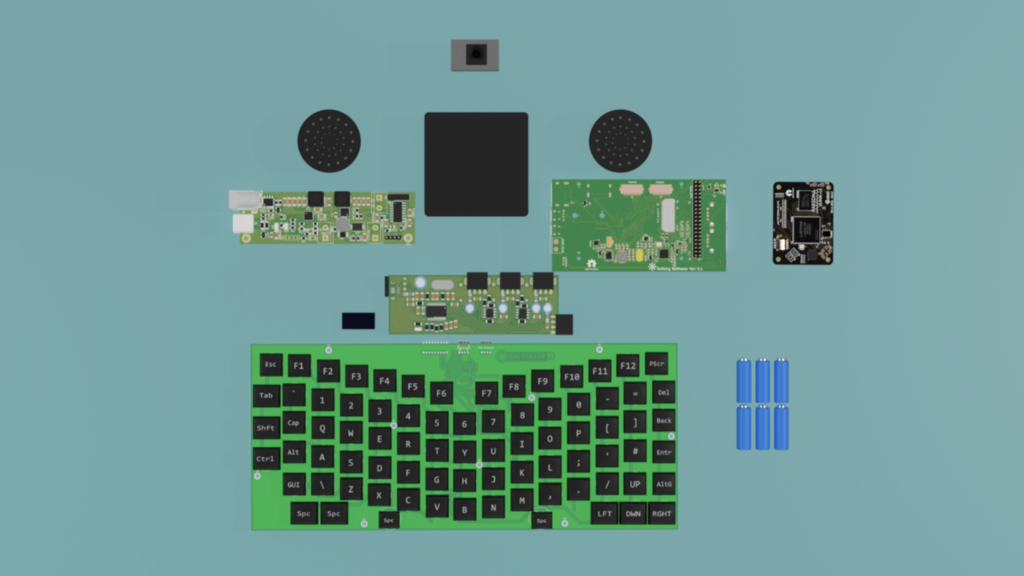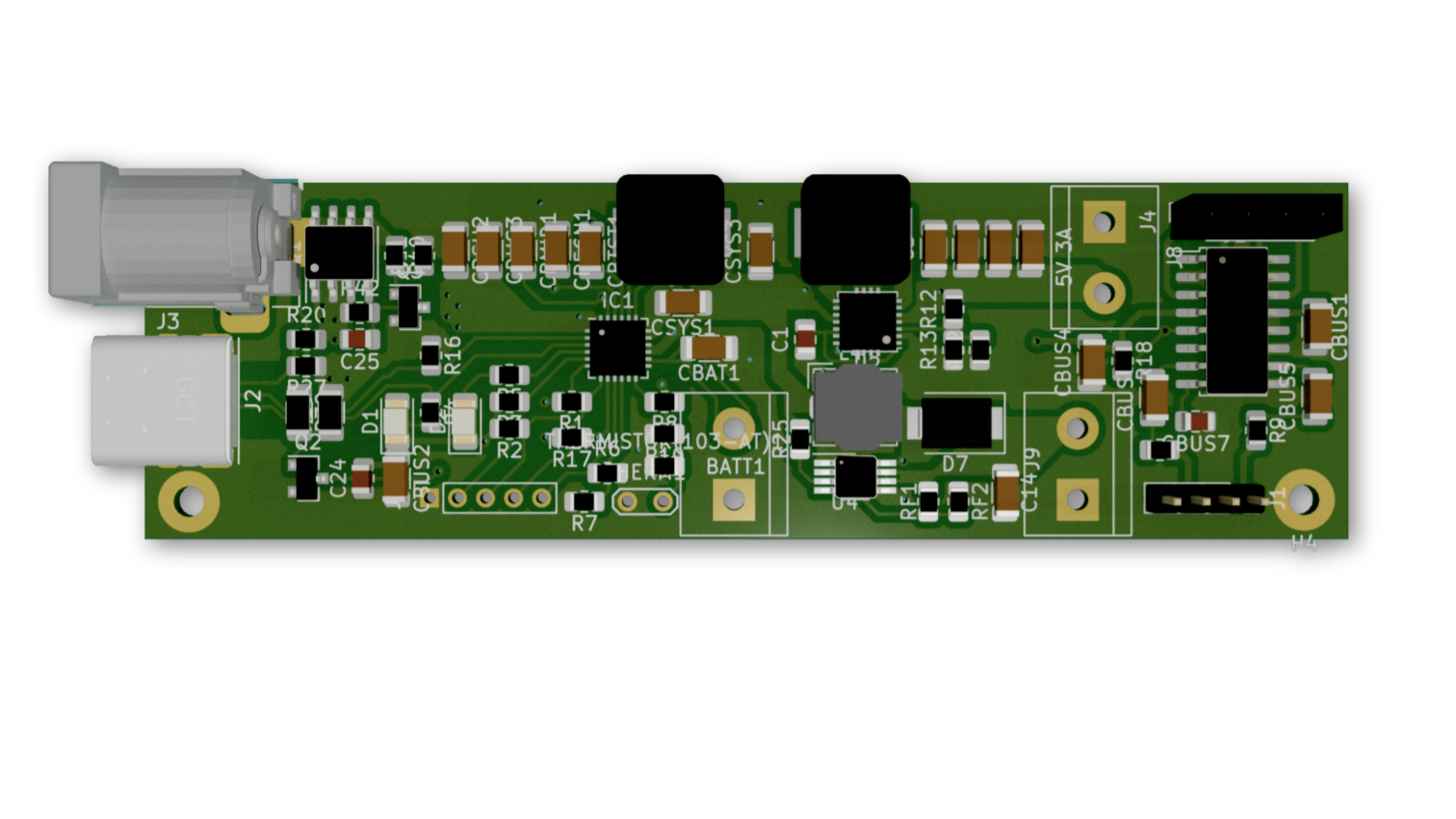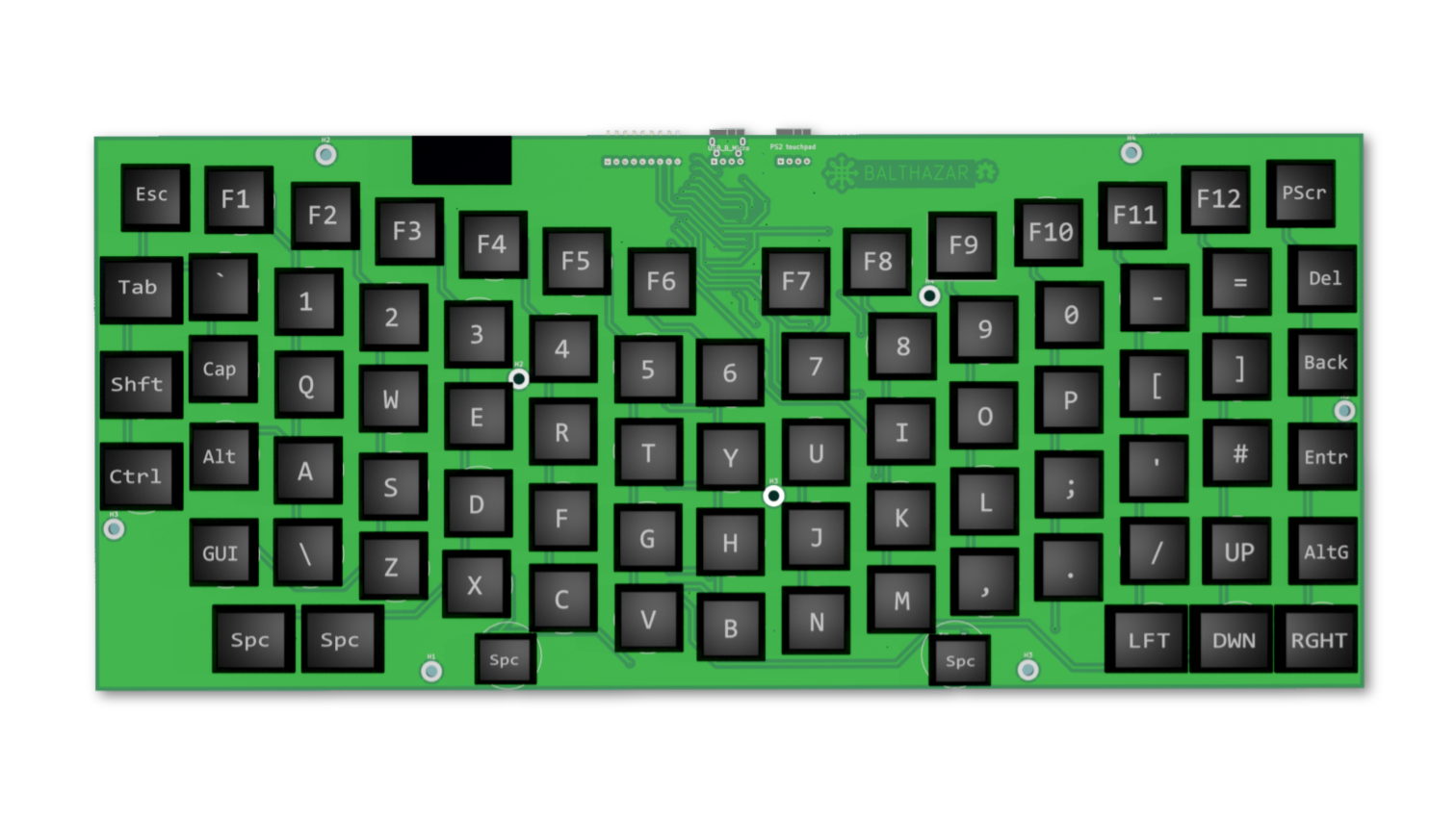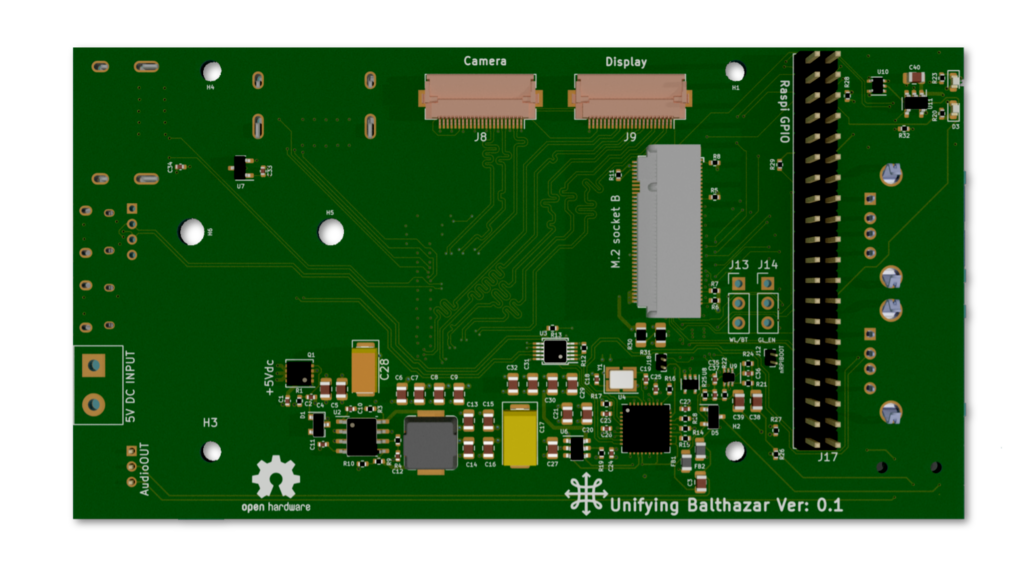Difference between revisions of "Documentation"
| Line 4: | Line 4: | ||
All PCB modules are to be connected through with the flat and short USB cables to a power supply PCB that also charges the batteries and controls the voltage. As it is shown in a video on our [[Instruction Manual|Instruction manual]] page. | All PCB modules are to be connected through with the flat and short USB cables to a power supply PCB that also charges the batteries and controls the voltage. As it is shown in a video on our [[Instruction Manual|Instruction manual]] page. | ||
| − | Power supply would need an external USB-C charger. | + | Power supply would need an external USB-C charger or a 12V wall charger. |
Revision as of 12:37, 17 June 2022
Balthazar Modules set
Those are Balthazar's modules and adjoining devices top view. Below is a description of each module.
All PCB modules are to be connected through with the flat and short USB cables to a power supply PCB that also charges the batteries and controls the voltage. As it is shown in a video on our Instruction manual page. Power supply would need an external USB-C charger or a 12V wall charger.
Description of the Balthazar modules
1. Module Balthazar PSU is a combined battery charger, buck-boost converter and stereo power amplifier. It also delivers the power to the whole modular system, also via flat USB cable.
Technical description:
Universal power adapter – 12Vdc/5A (60VA Max) – the most usual laptop power connector / either exterior or inserted into chassis skeleton
Input RFI filter
Buck/ boost converter - 5-15V -> 5.1V (which is VSYS voltage on mainboard)
LiPo battery pack single-cell charger -> from SYS voltage 5.1V
Up to a large LiPo battery pack (10000mAh) – single cells / in parallel = 3.6V – three-terminal connector (-Vbat=gnd, thermistor NTC_TS, +Vbat=3.6V)
Options: charge to/from/use external 5V battery pack (USB-A and/or USB-C connectors), solar panel charger.
VSYS voltage is the main motherboard voltage line – use appropriate buck or boost converters on all separate functional modules (CPU, graphics, ram, etc.)
2. Module Balthazar Keyboard is a simplified, a bit ergonomic computer keyboard with DIY approach. In the two versions. The second iteration of the updated keyboard is to have some more geometric consistency.
Description:
The computer keyboard system with microcontroller (for now an 8-bit Atmel built into a small Sparkfun ProMicro board) A normal ISO keyboard layout is used. An option is given to test the ability of the microcontroller to handle also the control for the PSU board and the touchpad module data transfer to USB. Keypad and touchpad user activities are usually mutually exclusive – so this seems ok. Charger control is active a couple of seconds on startup of the system, so this is also ok. In case of some charger error, there is a mechanical switch on the PSU board to stop charging. In this way, three functions would be fulfilled in a single microcontroller – connected to the system with one USB.
3. Module Balthazar IO is a simple USB2.0 four-port hub for the internal devices: keyboard and touchpad (optional trackpad), webcam and optional audio card. This is for an internal connection only and if the user wants to use a variant of some other ARM based systems, such as Raspberry Pi 4, or something compatible. End user will also have to disconnect and take out Unifying board, as that place is envisaged for such additional system.
Description:
The GL850G (ssop28-pin) four-port USB 2.0 hub chip with additional two pieces of AIC1526-0 dual USB high-side switch – to switch-off/on manually. It is a well-proven design. Hub will be powered via the upstream port – connected to the mini-computer board. Internal USB periphery power demands are predictable = low, so the usual 500mA limit for the hub is ok. The keyboard + touchpad combination is USB1.1 protocol, web cam, and optional audio card are USB2.0.
4. Module Unifying PCB is a single PCB solution for connecting the three previously designed Balthazar modules I/O, power supply, USB 2.0, 3.0 controllers, keyboard and adding Compute Module compatible FPGA boards. Aimed at setting a compatibility standard to widely accepted hardware standards.
Description:
Single PCB solution for connecting the three previously designed Balthazar modules (I/O, power supply, USB 2.0, 3.0 controllers, keyboard and adding Compute Module compatible FPGA boards. Aimed at setting a compatibility standard to widely accepted hardware standards. It has standardized 100 pin accomodating module for adding standard CM HAT modules based on ARM or FPGA It has GPIO expansion port, HDMI,2x USB 3.0, Ethernet RJ45 and a microSD card slot.




